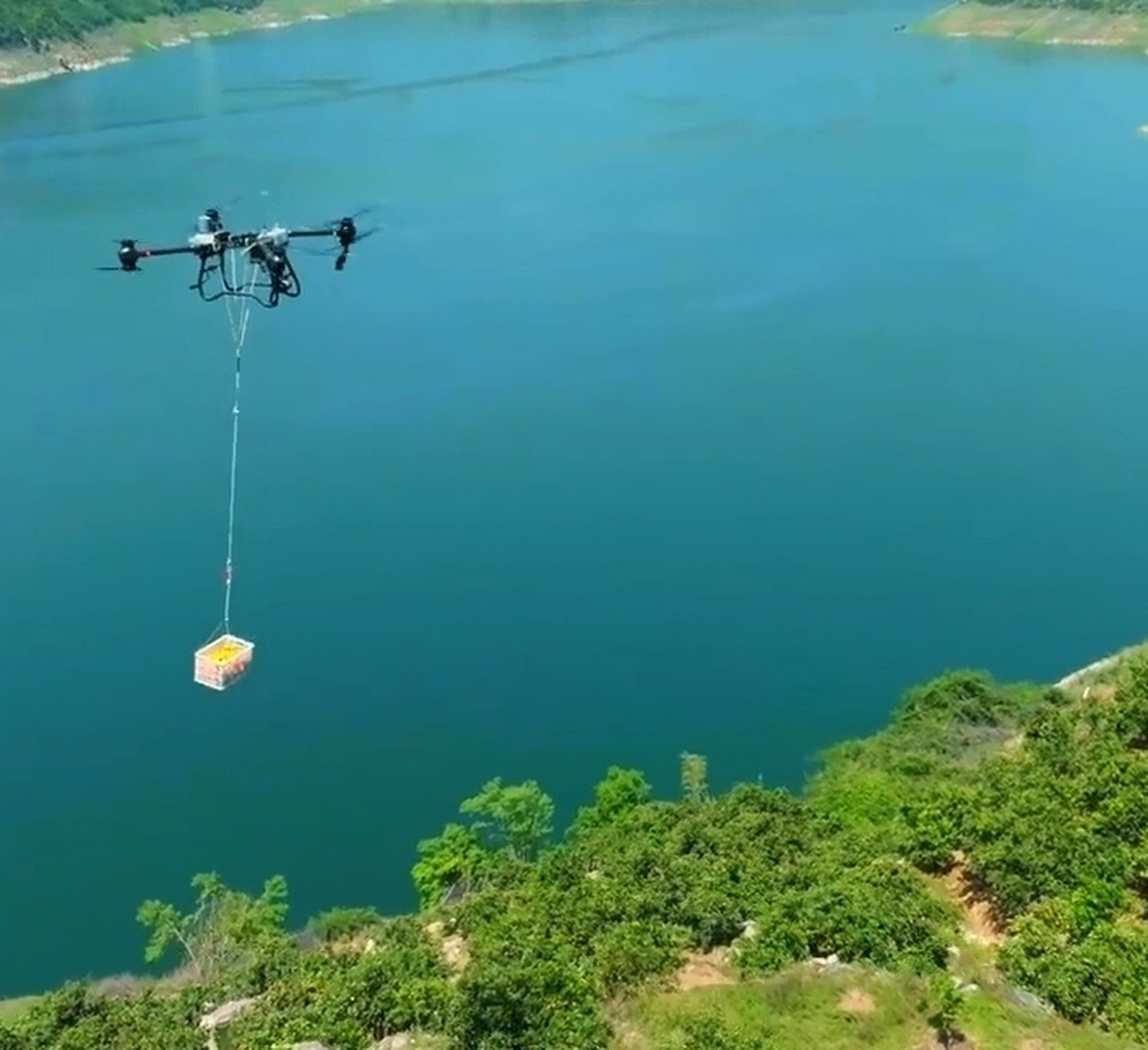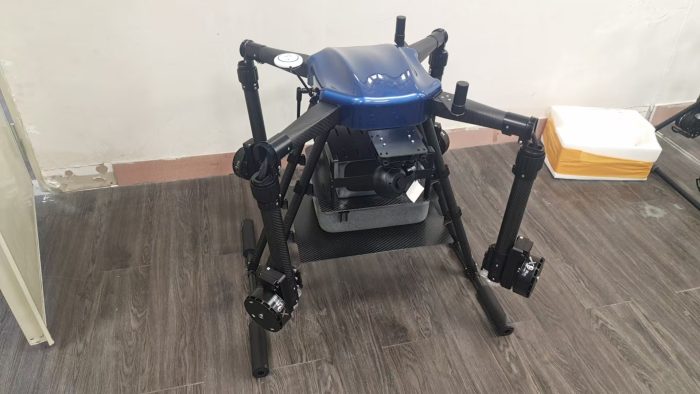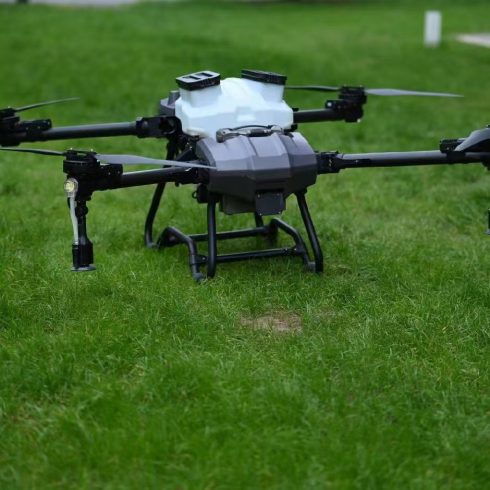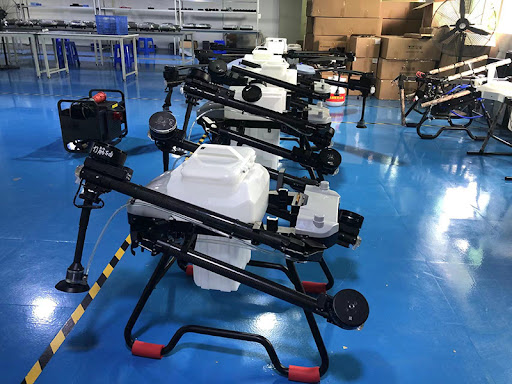
The global logistics industry is undergoing a transformative shift as drone technology redefines how goods move from warehouses to doorsteps. Unmanned aerial vehicles (UAVs), once confined to niche applications, are now emerging as critical tools for solving last-mile delivery challenges, optimizing supply chains, and reducing carbon footprints. This article explores the mechanics, benefits, and future trajectory of drone-based freight systems, offering insights into their potential to reshape global commerce.
—
1. How Drone Freight Delivery Works
Drone logistics systems integrate advanced technologies to automate and streamline package transportation:
– Autonomous Navigation: Equipped with GPS, LiDAR, and computer vision, drones navigate obstacle-free routes, avoiding buildings, power lines, and other aerial hazards.
– Payload Capacity: Modern drones range from 2kg to 15kg payloads, suitable for small parcels, medical supplies, or e-commerce items.
– Smart Warehousing: AI-powered sorting hubs prioritize packages based on urgency, location, and drone availability, reducing transit times by up to 60%.
—
2. Key Advantages Over Traditional Methods
Speed and Efficiency
– Last-Mile Revolution: Drones bypass road traffic, cutting delivery times from days to hours in urban and rural areas. For example, a 10km aerial route takes 15 minutes versus 90 minutes by road.
– 24/7 Operations: Unaffected by weather extremes (beyond heavy rain or storms), drones enable round-the-clock deliveries, critical for time-sensitive goods like pharmaceuticals.
Cost Reduction
– Fuel Savings: Electric drones consume 80% less energy per mile than diesel trucks, slashing operational costs for logistics providers.
– Labor Optimization: Automating repetitive tasks frees human workers for complex roles, improving workforce productivity by 30%.
Sustainability
– Zero Emissions: Battery-powered drones produce no direct carbon emissions, aligning with global decarbonization goals.
– Reduced Congestion: Eliminating road-based deliveries decreases urban traffic pollution and infrastructure wear.
—
3. Applications Driving Adoption
E-Commerce and Retail
– Prime Air (Amazon): A pioneering example, Amazon’s drone network aims to deliver packages under 2.5kg within 30 minutes.
– Rural Access: Drones deliver groceries and essentials to remote villages lacking road infrastructure, as seen in Rwanda’s Zipline project.
Healthcare Logistics
– Emergency Medical Supplies: Drones transport vaccines, blood samples, and organs, bypassing roadblocks during disasters. WHO trials in Ghana reduced vaccine delivery times from 4 hours to 15 minutes.
– Cold Chain Solutions: Specialized drones maintain temperature-controlled environments for perishable medicines.
Industrial and Commercial Use
– Oil Rig Resupply: Drones deliver tools and spare parts to offshore platforms, reducing helicopter dependency and costs.
– Construction Site Logistics: Autonomous drones deliver materials to hard-to-reach construction zones, improving project timelines.
—
4. Challenges and Solutions
Regulatory Hurdles
– Airspace Management: Governments require strict no-fly zones and altitude restrictions. Solutions include geofencing software and collaboration with aviation authorities.
– Licensing and Insurance: Operators must obtain certifications (e.g., FAA Part 107 in the U.S.) and invest in liability coverage.
Technical Limitations
– Battery Life: Current drones average 30–90 minutes of flight time. Innovations like solar-powered batteries and hydrogen fuel cells aim to extend ranges.
– Payload Constraints: Hybrid systems combining drones with ground vehicles address heavier cargo needs.
Public Acceptance
– Privacy Concerns: Communities worry about surveillance. Transparent data policies and “no-fly” consent tools mitigate fears.
– Safety Perceptions: Redundant navigation systems and collision-avoidance AI build trust in UAV reliability.
—
5. The Future of Drone Freight
Emerging trends will redefine drone logistics:
– AI-Driven Networks: Machine learning optimizes flight paths, predicts demand surges, and manages fleet maintenance.
– 5G Connectivity: Enhanced communication enables real-time fleet management and higher-density urban operations.
– Sustainable Energy Integration: Solar-charging stations and kinetic energy recovery systems extend mission durations.
Market Growth Projections
The global drone logistics market is forecast to reach $11.2 billion by 2030, growing at a CAGR of 24.5%. Key drivers include:
– E-commerce expansion (projected to account for 25% of drone deliveries by 2025).
– Government investments in smart city infrastructure.
– Demand for climate-resilient supply chains.
—
Conclusion
Drone freight systems are not just a technological novelty—they represent a paradigm shift in how goods move globally. By addressing last-mile inefficiencies, reducing environmental impact, and enabling access to underserved regions, drones are poised to become indispensable in tomorrow’s logistics landscape. As regulatory frameworks evolve and technology matures, businesses that adopt UAV solutions early will gain a competitive edge in speed, cost, and sustainability. The sky is no longer the limit—it’s the next frontier for global trade.













暂无评论内容